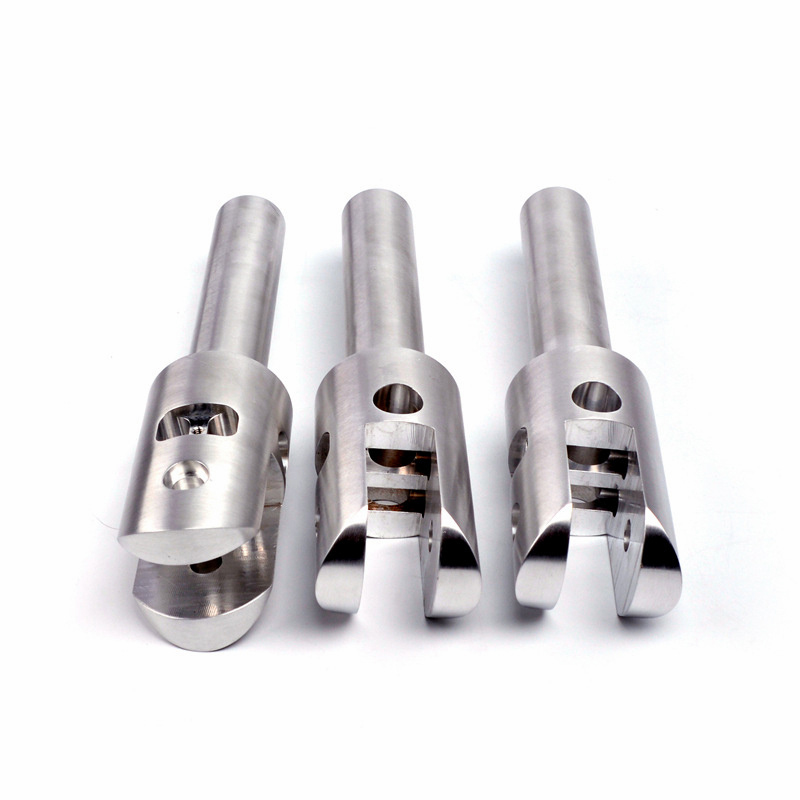Message
Your shocks, or shock absorbers, are a pivotal part of your vehicle's suspension. As suggested by their name, their purpose is not to absorb shock. They do so much more, and are invaluable to your vehicle, as they assist in ride quality, suspension wear, and tire life.

Not knowing when to replace your shocks or what to look for when they fail can keep you from changing them when needed. Knowing the typical signs of failure and a little about how the shocks are mounted on your vehicle can help you to diagnose and repair your shocks - or, at the very least, can make you an informed consumer so that you are not taken advantage of when you need to get your shocks replaced.
Part 1 of 3: The purpose of your shock absorbers
Shock absorbers, much like struts, are designed to control the oscillations or the bounciness of the springs. When you are driving over bumps and dips in the road, the suspension moves up and down. The springs on your vehicle absorb the movement of the suspension. If your vehicle did not have shocks, the springs would start to bounce - and continue to bounce uncontrollably. The design of the shock is to produce a certain amount of resistance to this movement, to control it and to keep it from bouncing more than about two times.
The design of the shock is what allows it to control the spring movement. Shocks are designed with a piston that moves through a cylinder. The cylinder is filled with fluid and pressurized gas. The piston has a small metering hole in it which makes it hard to move the piston in and out of the pressurized fluid. That resistance is what slows down the movement of the springs.
All shocks are designed a little different from one another, depending on the needs and size of the vehicle. The differences typically have to do with the amount of pressure in the cylinder and the type and size of holes in the piston. This affects how fast the shock can be extended and contracted. When a shock fails, or begins to fail, it can become too soft (which will keep it from controlling the movement of the springs), or it can begin to bind internally (keeping the suspension from moving as it should).









